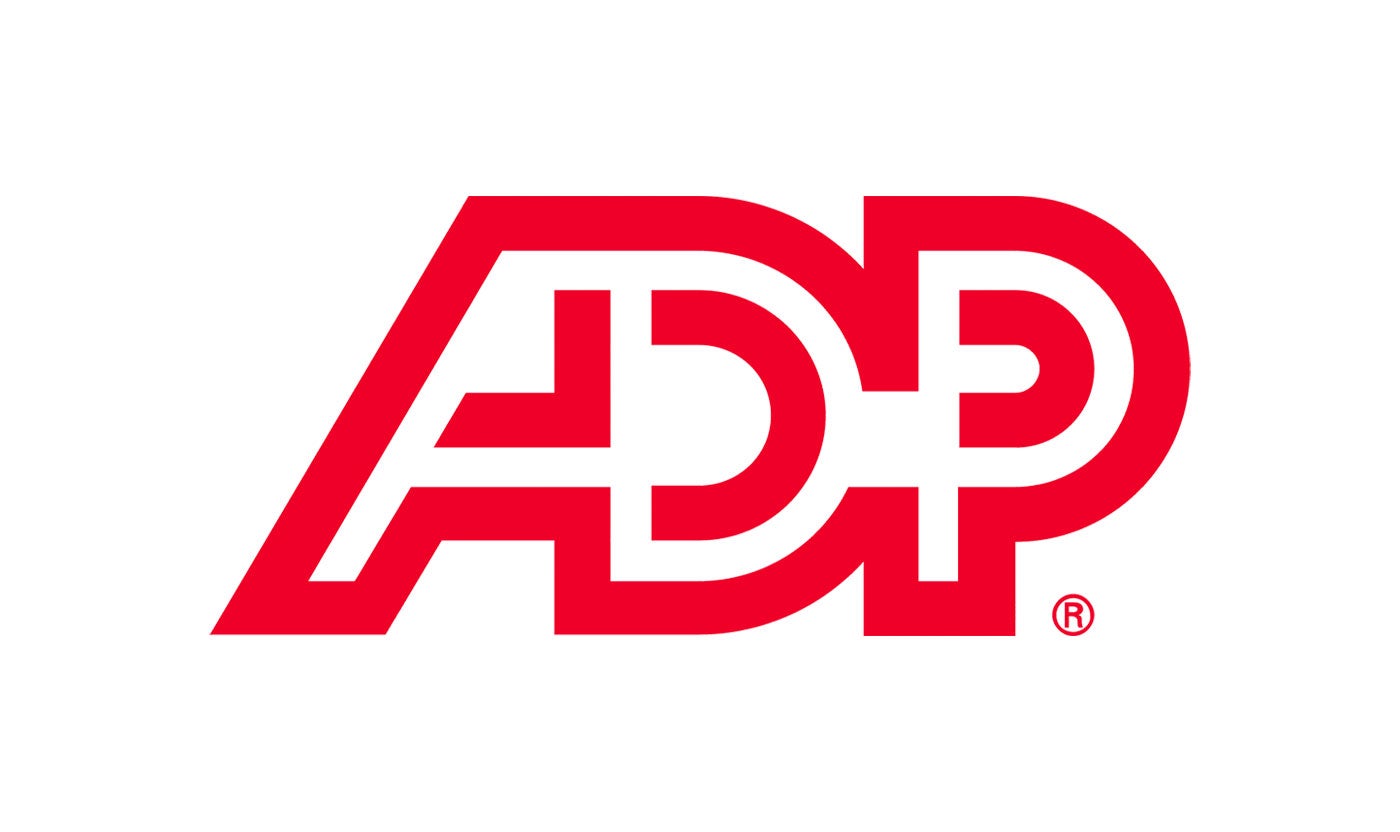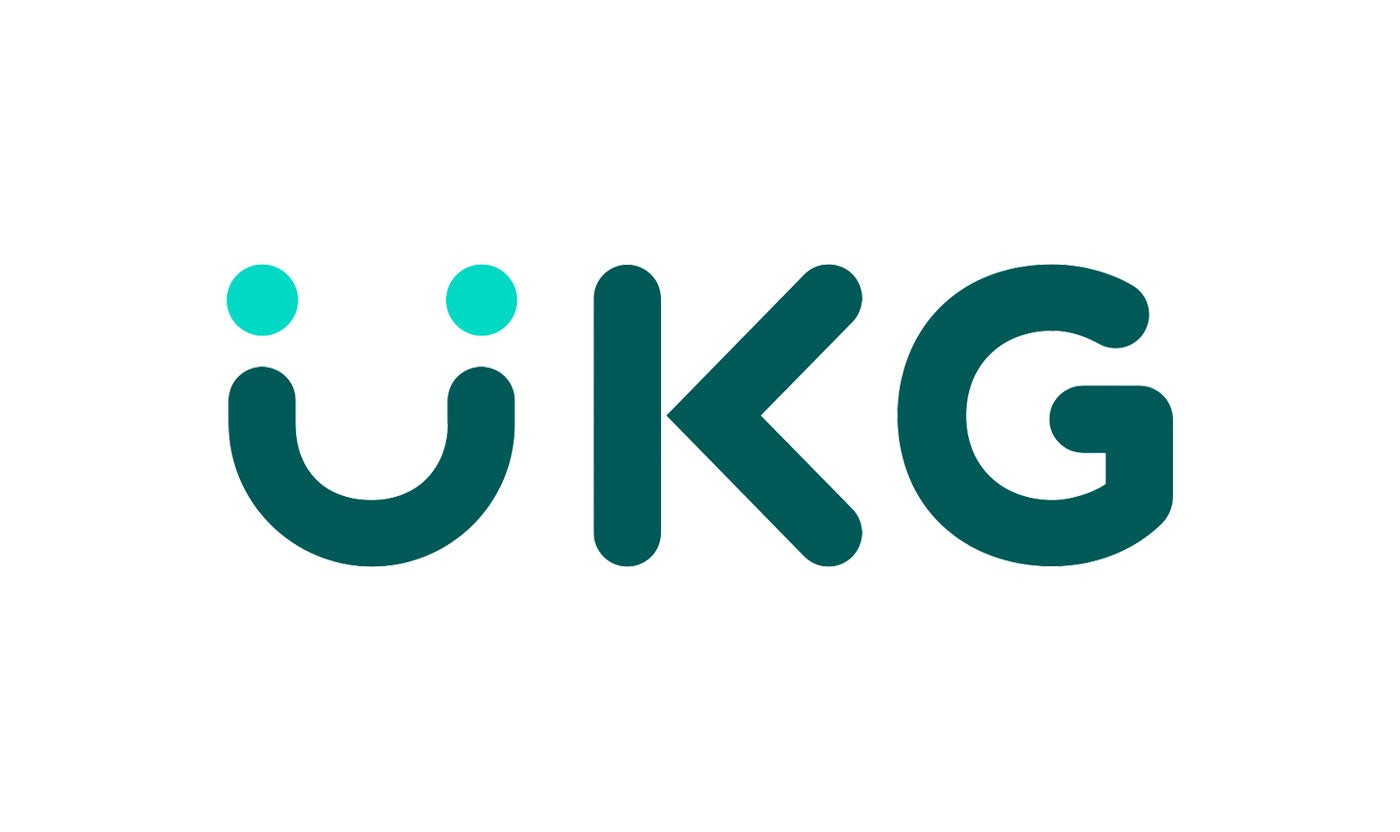





Accelerate hiring key talent to deliver care and exceed patient satisfaction.

Attract skilled candidates, speed up hiring and grow expertise in your workforce.

Simplify recruiting finance and banking talent with a platform for hard-to-fill roles.


Build a talent pipeline that engages and drives your business forward.


See how diverse and global enterprises use iCIMS to employ millions, drive innovation and connect communities worldwide.

Learn how a beloved restaurant hires 40,000+ annually with a great candidate experience.
Uncover unique market insights, explore best practices and gain access to talent experts across our library of content.


View press releases, media coverage, the latest hiring data and see what analysts are saying about iCIMS.


Streamline your tech stack and take advantage of a better user experience and stronger data governance with ADP and iCIMS.

The combined power of iCIMS and Infor helps organizations strategically align their business and talent objectives.

Our award-winning partnership with Microsoft is grounded in a shared desire to transform the workplace and the hiring team experience.

Our partnership with Ultimate Kronos Group (UKG) supports the entire talent lifecycle by bringing frictionless recruiting solutions to UKG Pro Onboarding.

The primary message of the July jobs report is that the labor market has remained basically healthy, but slower income growth still raised concerns about the all-important outlook for consumer spending. Payroll growth is in line with this stage of the business cycle, but moderate wage gains and a decline in both hours worked and the employment-population ratio all raise uncomfortable questions. This report will reassure policy makers in that it provided no major surprises, but it won’t give them anywhere near the confidence they need to push back on market expectations for further rate cuts.

Headline Numbers:
Key Takeaways:




